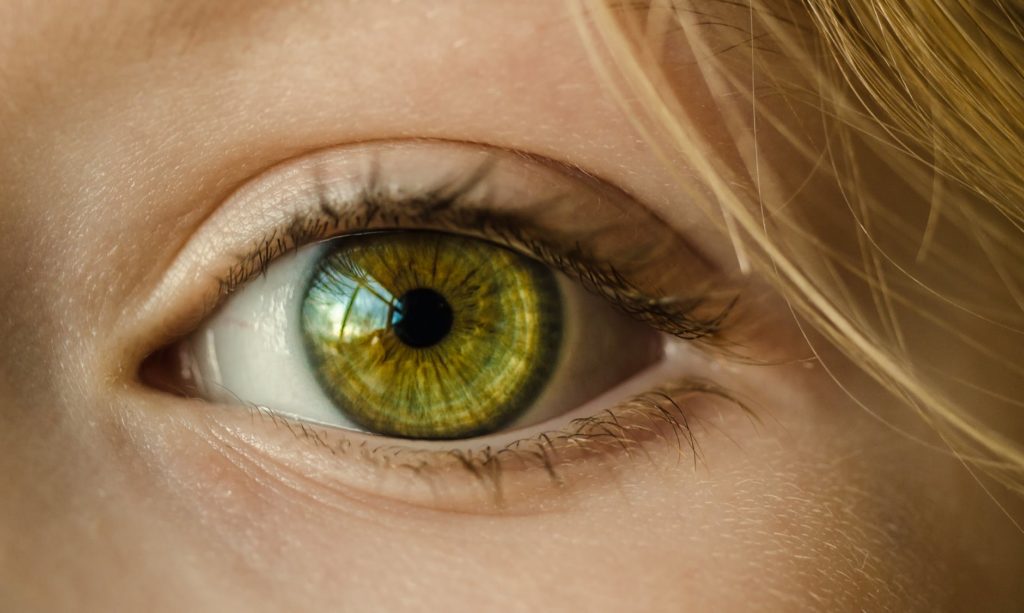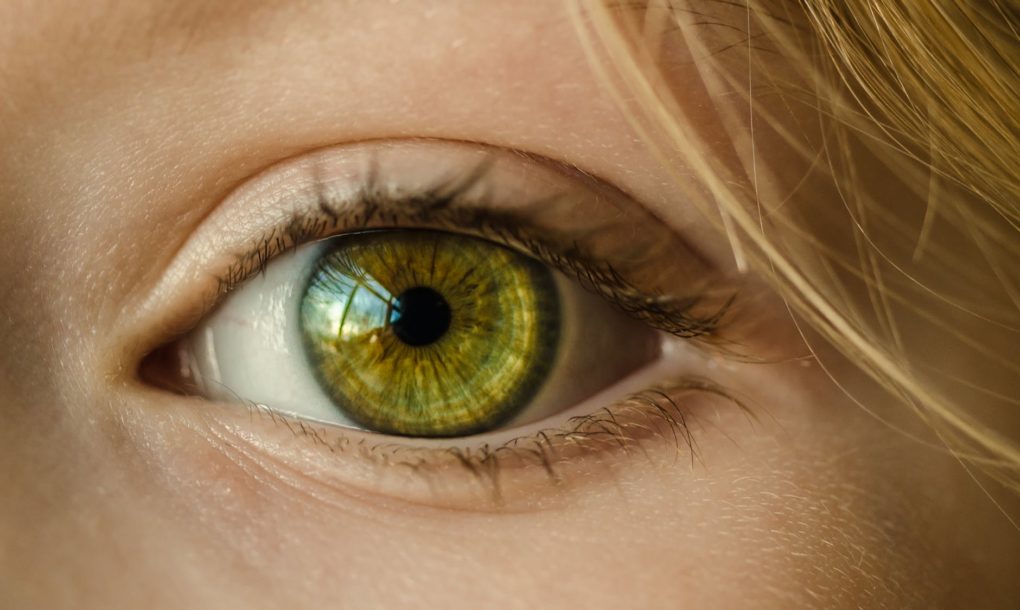Basics of Eye Examination

Even before reacting, we perceive everything around us by having a good look at it. Being a vital organ it is necessary to get your precious eyes routinely examined by an authentic and expert organization such as the Urban Optique that provides the best eye care advice and correction procedures. Any eye examination has a set of systematic patterns that are followed to get the earliest detection of the underlying problem.
This article gives an insight into the tests performed during the eye examination to make you understand the procedure as you go through them.
- Eye muscle test: This test is used to examine the strength and working of the group of eye muscles. The procedure includes focusing on an object such as a pen or small light as it moves in different directions. As you keep your eyes focused on the object, the eye physician examines your eye for any kind of weakness in your ocular muscles.
- Visual acuity test: This test is used to determine the clarity of your vision. Your eye doctor will instruct you to sit at a specific distance from the chart in front of you (Snellen Chart). It has different types of letters aligned in the lines of different sizes and you will be instructed to read them. The size of the letters in the lines keeps on decreasing as you go downwards. In the same way, your near vision will be tested using the near board by holding it at the minimum reading distance.
- Testing the refraction: The refraction test is done to check any kind of refractive error within your eye. Having a refractive error concludes your eye will need the assistance of glasses and lens to see the crystal-clear view. Finding the correct value of refractive error helps the physician to determine the lens prescription that bridges the refractive error gap and gives you a clear, focused and strain-free vision. It also helps to determine if you need the corrective glasses or not. The physician will use the instrument namely an auto-refractometer to determine the refraction value or he may end up performing the Retinoscopy. The final selection of the lens will be done by asking you to focus through the different pairs of lenses nearing the provided refractive value and finding the one that is most adaptable for you.
- Visual field examination: The examination is done to find any fault in the area of your visual field. The aim is to determine the point up to which you can visualize any movement in your peripheral vision keeping your eyeball fixed. It can be of 3 types namely Confrontation examination, Manual testing and Automated perimetry. Using the above tests, the physician will determine the extent of your visual limit. It will help in recognizing the patterns of your visual field loss area to diagnose the vision defects.
- Colour vision testing: Your eyes will be examined to determine the deficiency of colour vision while you will be looking through the screen of different shapes, colours, and patterns. Several multicolour dotted patterns will be included in this test to check your colour efficiency.
- Retinal examination: It allows the physician to examine the retina, optic disc and vascular supply of that area. Before performing the procedure, your eyes are dilated using the eye drops and examined using the two techniques i.e. Direct fundoscopy and Indirect fundoscopy. It is better to wear sunglasses post-procedure as your vision will be blurry and extremely sensitive to light.
- Glaucoma screening: Glaucoma has the highest score in impairment of vision especially prevalent in the elderly. Tonometry is used to measure the pressure inside your eye. If found positive, other tests are performed for confirmation.
- Slit-lamp microscope examination: It is used to examine the front of your eyes using the intense and focused line of light. It is applicable in examining eyelashes, cornea, fluid chamber, lens, and eyelids.
Most eye disorders are treatable when diagnosed at an early stage. Don’t skip your appointment this time. “better late than never”. Schedule your appointment at the earliest with your eye doctor


